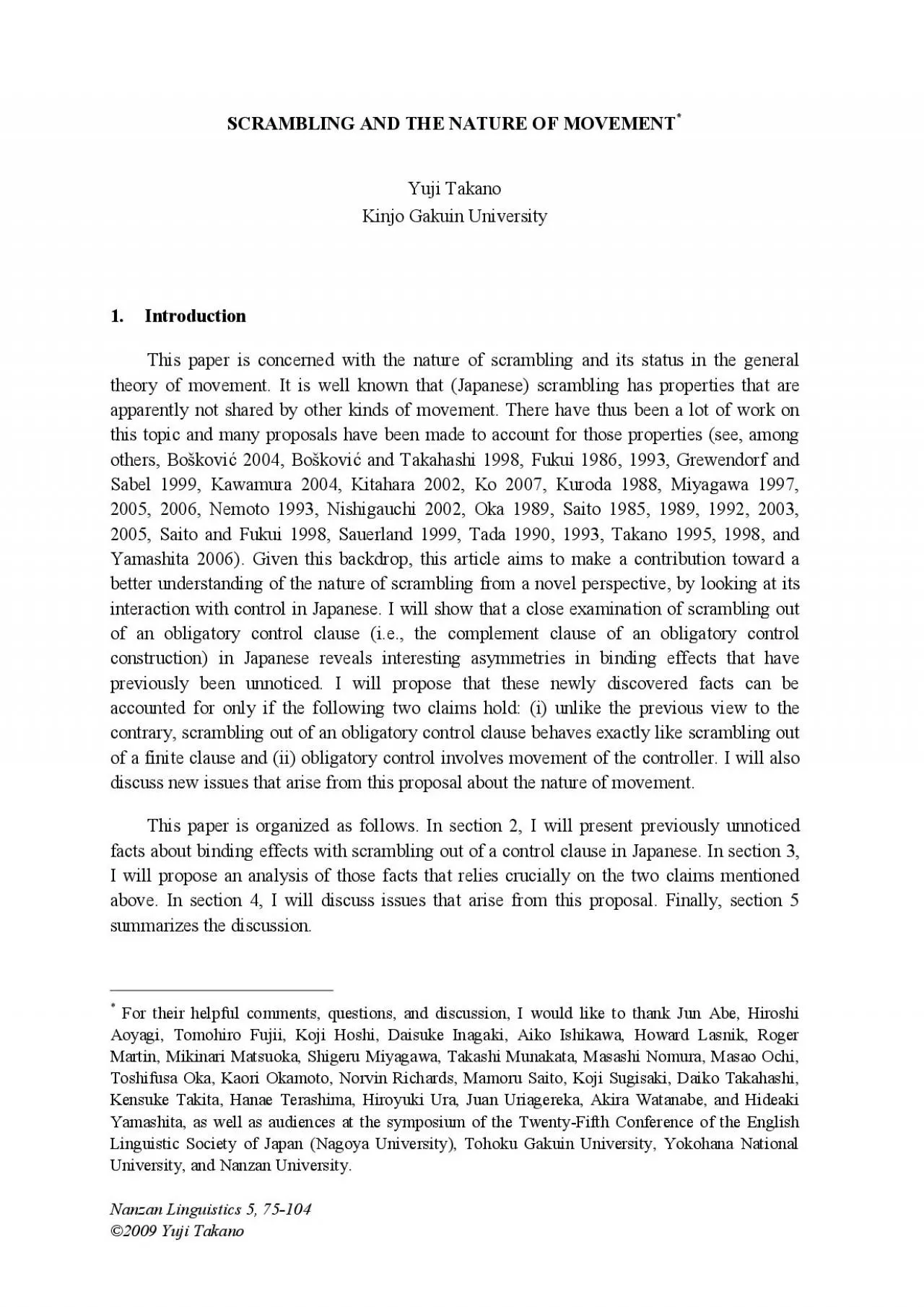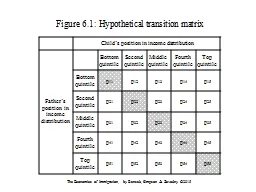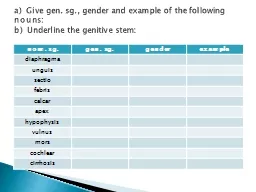PDF-GEN employeeNOM investigated
Author : bitsy | Published Date : 2021-05-15
Mit sotugy Kenga mittuizyoono itGEN employeeNOM AyaDAT What is surprising is the fact that the bound variable interpretation does not become possible even if th
Presentation Embed Code
Download Presentation
Download Presentation The PPT/PDF document "GEN employeeNOM investigated" is the property of its rightful owner. Permission is granted to download and print the materials on this website for personal, non-commercial use only, and to display it on your personal computer provided you do not modify the materials and that you retain all copyright notices contained in the materials. By downloading content from our website, you accept the terms of this agreement.
GEN employeeNOM investigated: Transcript
Download Rules Of Document
"GEN employeeNOM investigated"The content belongs to its owner. You may download and print it for personal use, without modification, and keep all copyright notices. By downloading, you agree to these terms.
Related Documents














